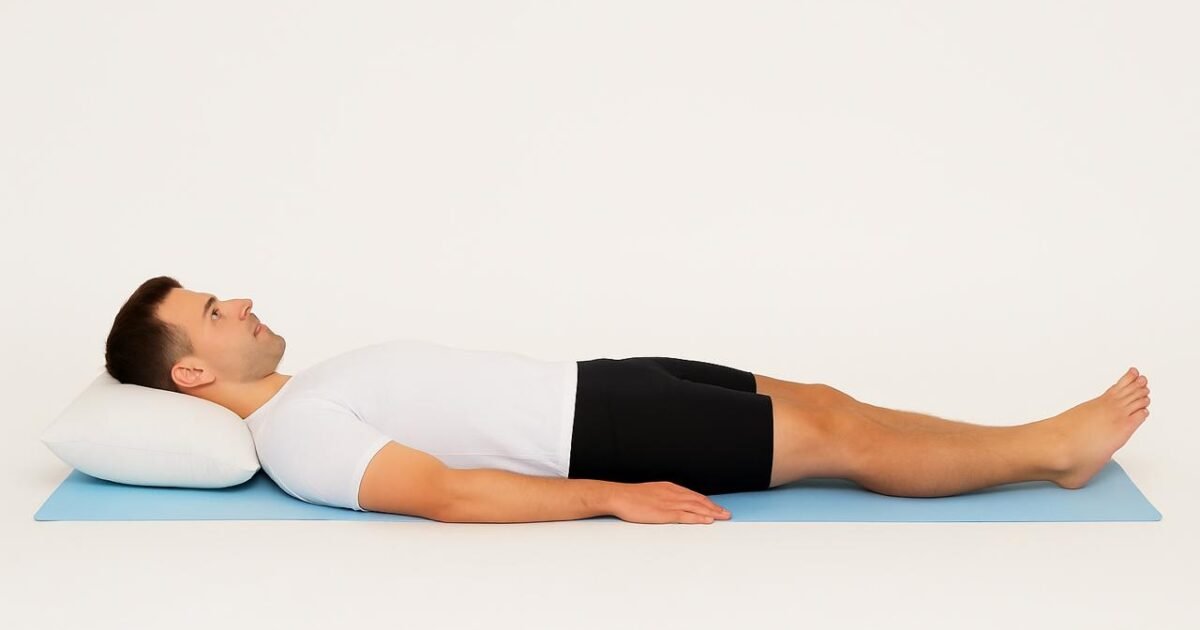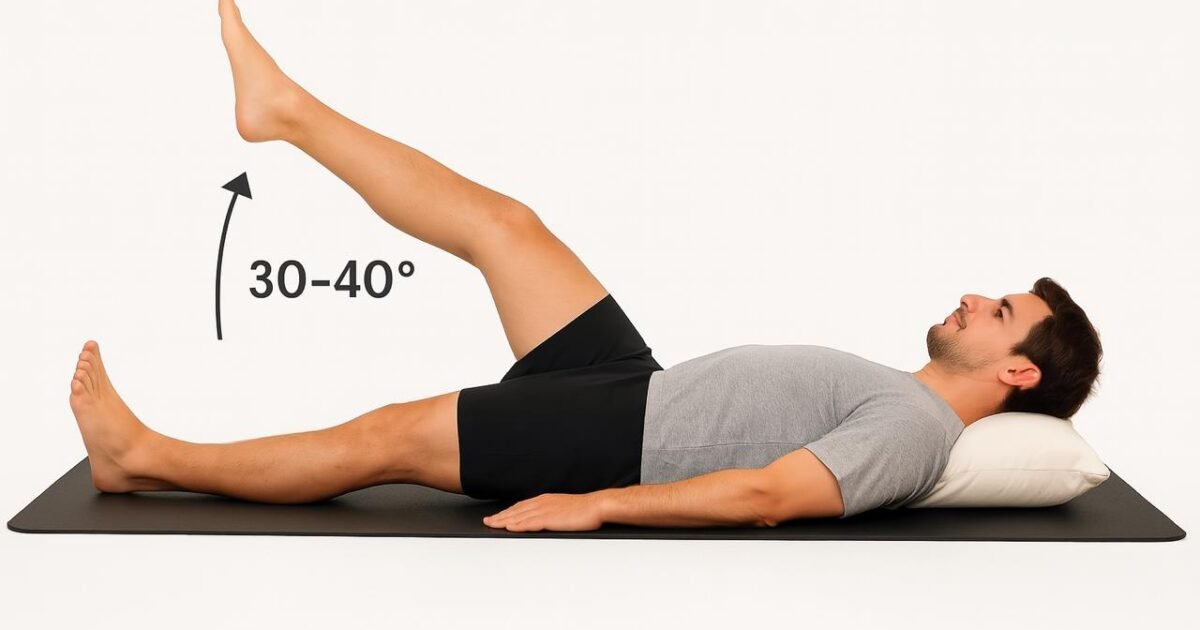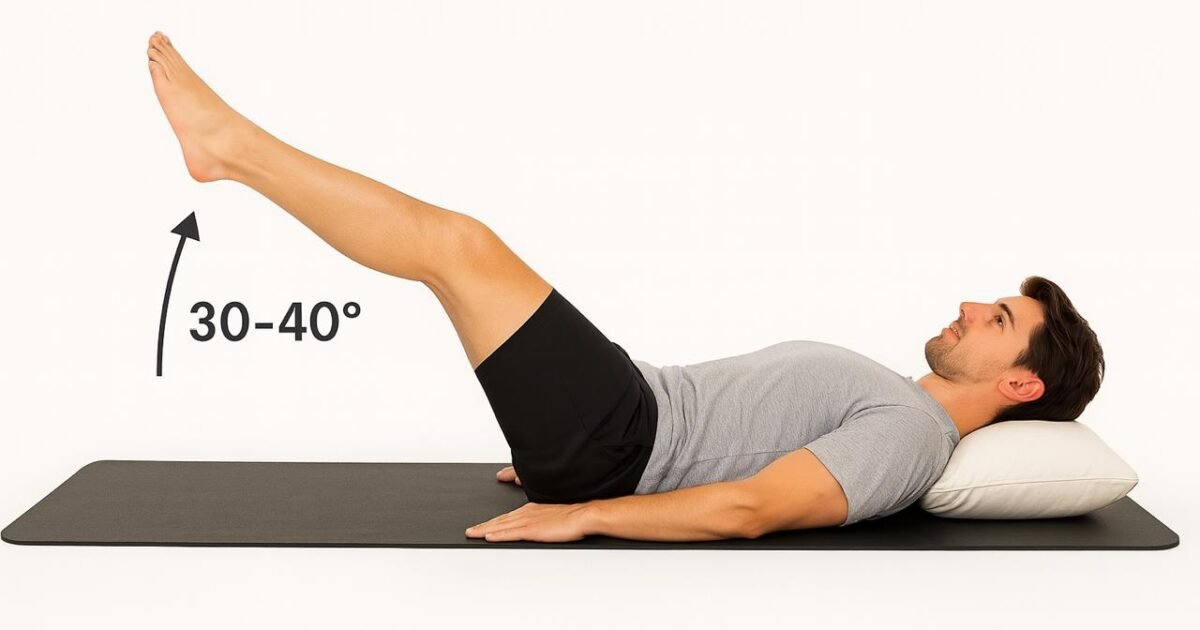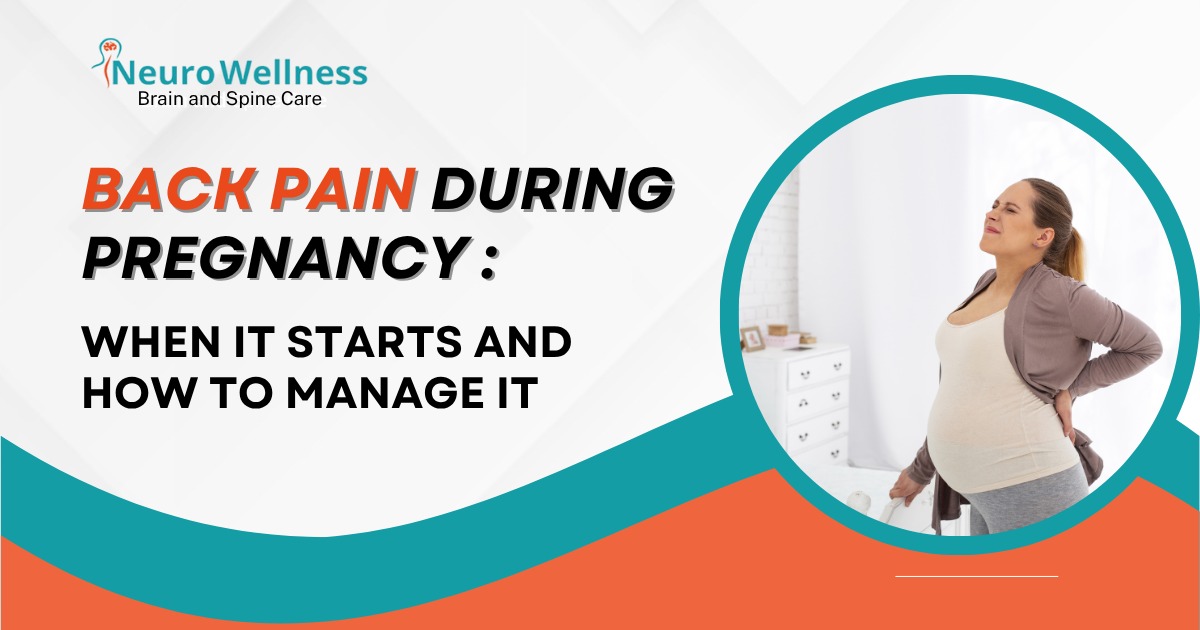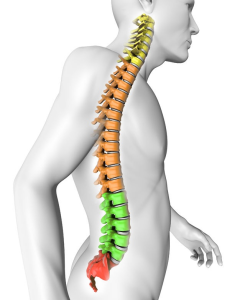Walk into any tech park in Bengaluru Electronic City, Whitefield, Outer Ring Road, or Manyata Tech Park— and you’ll find thousands of software professionals glued to their screens. Long coding sessions, endless Zoom calls, and late-night project deadlines are part of the city’s identity.
But there’s another thing just as common: back pain.
Almost every IT professional in Bengaluru has either experienced it or knows someone who has. Yet, many continue to ignore it or push treatment aside, hoping it will just go away. Unfortunately, procrastinating back pain treatment can lead to serious long-term consequences.
Why Software Professionals Are Prone to Back Pain
Why Do Professionals Delay or Ignore Treatment?
Despite the pain, many delay seeking medical help. Here’s why:
1. “It’s Just Stress or Posture – It Will Go Away”
Most software engineers assume back pain is temporary and will settle with rest. While this may be true for mild muscle strain, ignoring persistent pain can allow spinal problems to worsen.
2. Lack of Time
Between traffic jams, deadlines, and late-night calls, health check-ups are pushed to “someday.” In Bengaluru, where daily commutes can take hours, many professionals simply don’t prioritize doctor visits.
3. Fear of Diagnosis
Some fear that a doctor might advise surgery, so they delay consultations. But in reality, most back pain cases are treated with physiotherapy, posture correction, and lifestyle changes without surgery.
4. Over-Reliance on Painkillers
Many professionals pop a painkiller, apply a quick spray, and continue working. This gives temporary relief but masks the underlying problem, delaying real treatment.
5. Work Culture & Denial
Bengaluru’s competitive IT culture often glorifies “pushing through pain.” Employees worry about productivity loss or missing workdays, so they tolerate pain longer than they should.
When Back Pain Is More Than Just Pain
Why Early Treatment Is Always Better

Dr. Ganesh Veerabhadraiah
Consultant – Neurosurgeon, Neurointerventional Surgery, Spine Surgeon (Neuro)
23+ Years Experience Overall (17+ years as Neuro Specialist)
Available for Consultation: Jayanagar 9th Block & Kauvery Hospital, Electronic City
Practical Steps Bengaluru IT Professionals Can Take
The Bengaluru Connection – Why This Matters More Here
In Bengaluru, with its tech-driven lifestyle, long commutes, and high-stress jobs, back pain is almost an epidemic. Young professionals in their late 20s are showing up with disc problems once seen only in people over 50.
Add to this the city’s growing startup culture, where long working hours are the norm, and you have a recipe for widespread spinal issues.
The truth is, Bengaluru’s IT crowd is sitting on a health time-bomb. And back pain is one of the first warning signals.
Meet the Specialist – Dr. Ganesh Veerabhadraiah
If you are struggling with recurring back pain, consulting a spine specialist is the best first step.
Dr. Ganesh Veerabhadraiah is a leadingNeuro and Spine Surgeon in Bengaluru, with over two decades of expertise in treating complex spinal conditions. At Neurowellness Brain & Spine Hospital, Dr. Ganesh focuses on minimally invasive treatments, physiotherapy guidance, and long-term lifestyle correction to help patients recover without unnecessary surgery.
Whether it is a slipped disc, sciatica, spinal stenosis, or posture-related back pain, Dr. Ganesh ensures every patient receives a personalized treatment plan.
Final Thoughts – Don’t Delay, Act Today
For Bengaluru’s software professionals, back pain may feel like part of the job. But ignoring it can cost you your health, productivity, and peace of mind.
Remember: back pain is not just discomfort it can be your spine’s way of asking for help. Early diagnosis and treatment can make the difference between a quick recovery and a lifelong problem.
Kauvery Hospital, Electronic City, Bengaluru
7259669911 | 74115 71002
FAQs About Back Pain in IT Professionals
1. Is all back pain serious?
No. Mild back pain from muscle strain may improve with rest, but persistent or recurring pain should not be ignored.
2. Do all spine problems require surgery?
Absolutely not. Over 80–90% of back pain cases improve with non-surgical methods like physiotherapy, posture correction, and lifestyle changes.
3. Can long sitting hours alone cause back pain?
Yes. Prolonged sitting weakens spinal muscles and increases disc pressure, making back pain more likely.
4. When should I see a doctor for back pain?
If your pain lasts more than 2 weeks, radiates to legs, or comes with numbness, weakness, or bladder/bowel issues, consult a doctor immediately.
Book a Consultation with Dr. Ganesh
5. Can regular exercise prevent back pain?
Yes. Strengthening your back and core muscles, along with stretching, is one of the best ways to prevent spine problems.



